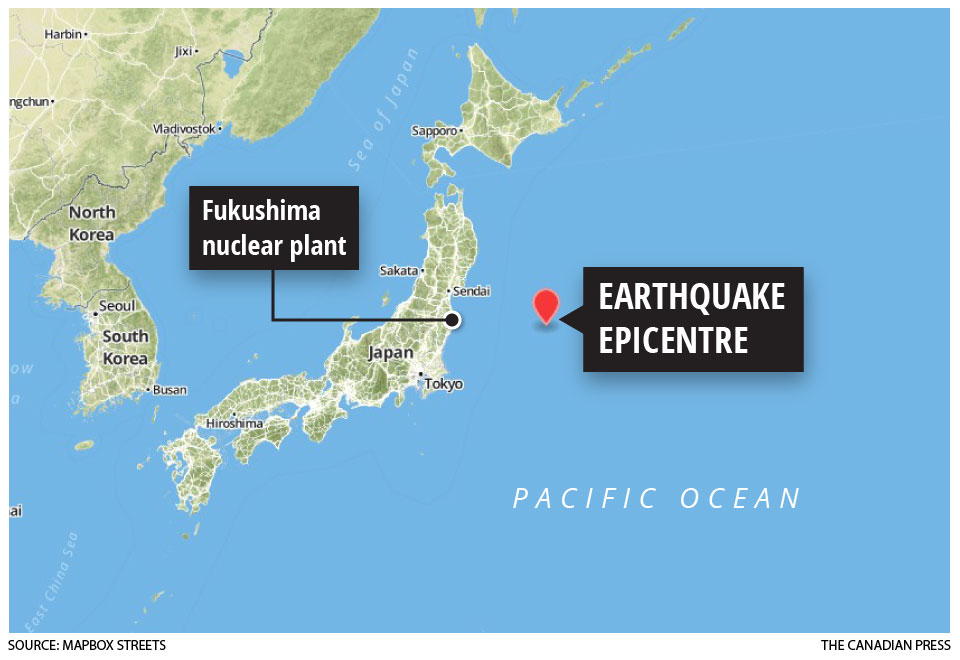.After interviewing Dr. Blowers, I found many genres that he uses in the Cheical Engineering field.
1. What are the most significant or interesting genres that you learned about from your interviewees? Please identify at least THREE specific genres from your discipline/field of study that your interview subjects discussed writing within.
The three most prevalent genres that my interviewees probably write in are the genres of Research Essay, Emails, and Presentations.
2. How do these genres differ from one another? Think about things like genre convention, content, purpose, audience, message, and context as you describe these differences.
Research Essays: This type of genre has many conventions including Headings, specific subheadings (abstract, introduction, etc.), graphs and tables, and is very technical. I did not make up this genre name but I am sure the reason it is called a research essay is because the main topic of the piece is to analyze research.
Emails: The email genre has the conventions of being very short and concise, usually written like an electronic letter, having documents attached, and being only available to people the author designates to recieve it. The audience is anyone, the content is pretty much anything, and the context depends on what the author is writing the email for.
Presentations: This genre uses many different conventions than emails and research essays. The conventions of presentations are images, visual graphics, bullet points, speeches, transitions, and a well dressed speaker. The contnt can be anything, the audience is usually a group of people listening to the presentation who are somehow involved in the topic, the purpose is to convince or inform the audience, and the context is usually a response to an issue or event going on.
3. Based on the information you gathered in your interviews, what is challenging and/or difficult about writing within these genres (from a professional's point of view)?
According to Dr. Blowers, the most challenging thing about writing in these genres is the rejection of being published and getting all the information together. Getting reviewed can also be very challenging because it could cause the whole experiment to be redone if there is something wrong with the procedure.
4. Based on the information you gathered in your interviews, what is exciting and/or rewarding about writing within these genres (from a professional's point of view)?
Based on the interview with Dr. Blowers, the most exciting part of writting the genres is getting them accepted and published. Although Dr. Blowers writes many grant applications, very few are accepted whereasmost of his papers are accepted and published.
5. Where in mass media - popular, academic, and/or social - can examples of this genre be found? If genre examples cannot be found within mass media easily, where can genre examples be found/located?
Genre examples can be found in academic journals and some presentations can be found on panapto through the University of Arizona. Some of the academic journals, the ones before the internet, can be found in the library.



















